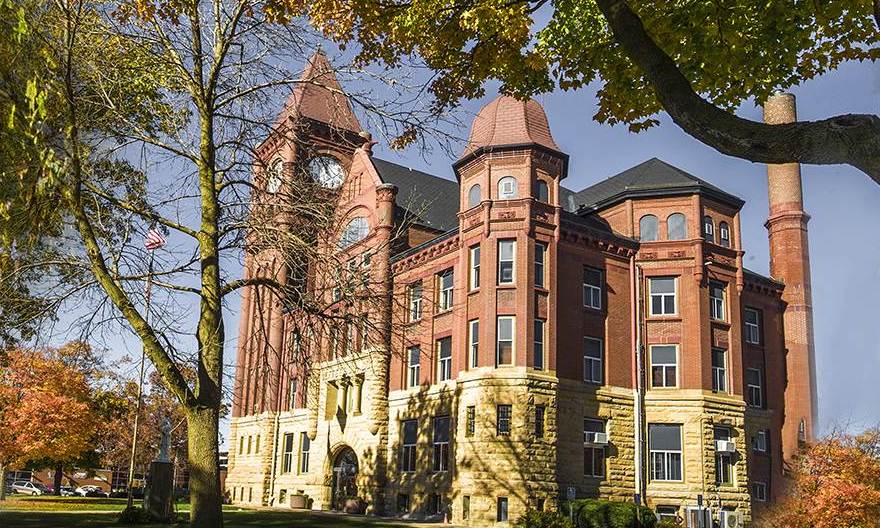

Third Oxidation Ditch with jet aeration mixing, 70-ft diameter internal clarifier, and RAS pumping.Headworks Building with mechanical screening and vortex grit removal.20 MG Flow Equalization Basin with flow metering and control structures.Influent and Stormwater Pump Structure: parallel, two-stage 9-MGD influent Archimedes screw pumps and four, 11-MGD submersible stormwater pumps.The resulting Sanitary System Evaluation Survey established an 8-year Sanitary Transportation and Elimination Program a phased approach toward the reduction and elimination of SSOs, the reduction or possible elimination of basement sewage back-ups, collection system rehabilitation, and significant WWTP improvements. McClure worked with the City and Iowa DNR to develop a holistic strategy to quantify the true flows entering the collection system and reaching the WWTP during storm events. Furthermore, due to past operational practices and nonfunctioning equipment, minimal data existed to quantify the true influent flows received at the WWTP during storm events, leading to wide fluctuations in effluent discharge quantity and quality. Principal among these is a non-performing preliminary treatment system that is detrimental to downstream treatment processes.


Major deficiencies also existed at the Wastewater Treatment Plant due to decades of deferred maintenance. Concerns over the political difficulty in implementing the extensive home inspection and footing drain disconnection program outlined in this plan led the City to re-think their approach. The City submitted an I/I Reduction Plan, prepared by a local firm in response to a 2008 Administrative Consent order regarding the elimination of sanitary sewer overflows (SSOs), which identified 21 collection system projects totaling $21.6M to be completed by 2019.


 0 kommentar(er)
0 kommentar(er)
